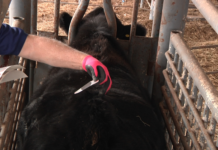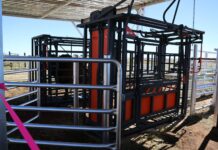The first approach to control mycotoxin contamination in feed is to prevent the formation of mycotoxins ahead of the feed mill (Lopez-Garcia and Park, 1998), but it has limited efficacy. Once the feed becomes contaminated with mycotoxins, the elimination of mycotoxins is almost impossible.
In fact, mycotoxins are chemically and thermally stable, meaning that the common feed processes are not efficient to remove mycotoxins. For instance, extrusion processing at temperatures greater than 150°C are needed to give a good reduction of zearalenone and fumonisins, a moderate reduction of aflatoxins and a variable to low reduction of deoxynivalenol (Bullerman et al., 2007). Removing kernels with extensive mold growth, broken kernels, and fine materials by sieve cleaning significantly lowers total mycotoxin contamination, however, significant amount of the total feed can be rejected (Trenholm et al., 1991) with huge economic consequences.
The most common strategy for reducing animal’s exposure to mycotoxins is to decrease mycotoxins bioavailability by incorporating various mycotoxin-detoxifying agents in the feed, which targets a reduction of mycotoxin uptake and distribution to the blood and target organs. Depending on their mode of action, these feed additives may act by reducing the bioavailability of the mycotoxins (adsorbing agents also called binding agents, adsorbents, binders) or by degrading them into less toxic metabolites (biotransforming agents).
Mycotoxin-adsorbing agents are large molecular weight compounds that are not digested by the animals and end in the faeces. Adsorbing agents must be able to bind mycotoxins in contaminated feed without dissociating along the gastrointestinal tract of the animal, so that the toxin-adsorbing agent complex is eliminated via the faeces. This minimizes the exposure of animals to mycotoxins (EFSA, 2009)
Raead more about: MYCOTOXIN DETOXIFICATION STRATEGIES: Olmix









